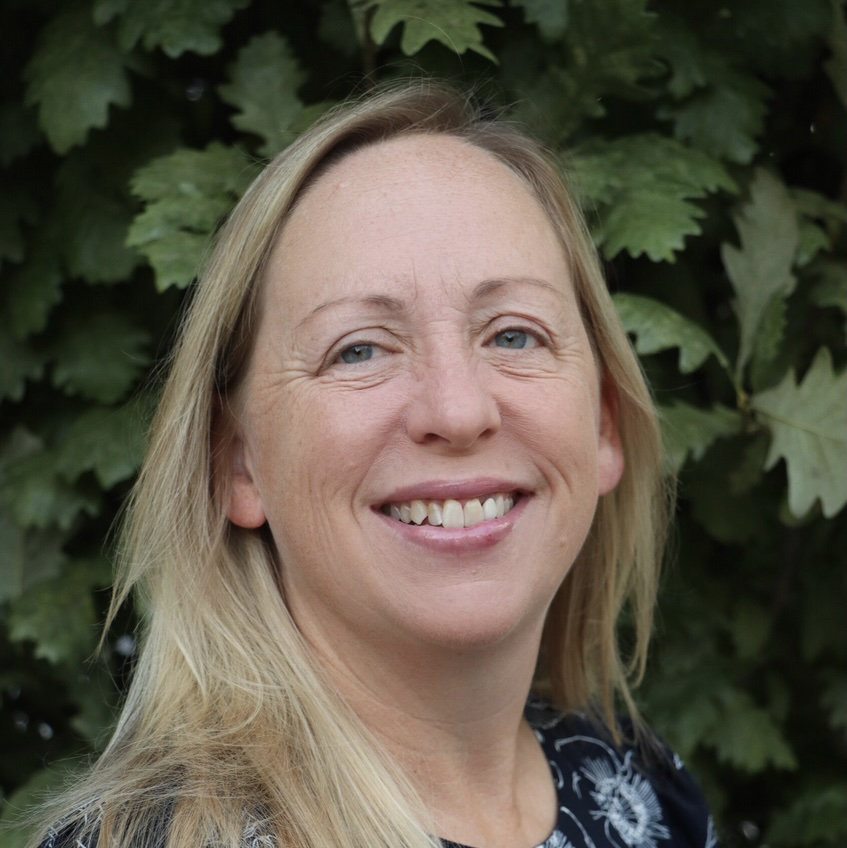When generative AI was introduced two years ago, some projected it would transform healthcare. And while that statement may have seemed hyperbolic at the time, it has proven to be pretty accurate.
Case in point? Ambient listening, which has gone from “nothing to ubiquitous,” according to Jake Lancaster, MD, CMIO at Baptist Memorial Health Care. “It’s stunning to see how quickly it’s being adopted. There’s not a single health system I’ve networked with during the past six months that isn’t doing it.”

Jake Lancaster, MD
The ‘why’ is quite clear, said Lancaster, whose team adopted the AI-powered tool in February and has seen rapid growth. “It’s going to be very hard to recruit physicians in the future if you aren’t offering an ambient solution,” he noted. For small and independent hospitals in particular, “it’s becoming table stakes.”
Colin Banas, MD, CMO at DrFirst, agreed, noting that end users are “getting an increased amount of comfort with automating the mundane,” resulting in expeditious implementations. “We’re at that peak of inflated expectations right now.”
For leaders, however, concerns still linger, as is always the case with a dramatic paradigm shift. During a recent Fireside Chat Webinar, Lancaster and Banas spoke with co-panelist Lacy Knight, MD, System VP and CHIO at Piedmont Healthcare, about how they’re approaching the brave new world of AI-driven solutions, and offered best practices for managing the biggest challenges, from governance to workflow integration.
Tangible ROI
Like the majority of organizations, Baptist Memorial is operating within a small margin, which means identifying a quantitative, “tangible ROI” such as increased patient visits. “That’s been helpful for a lot of organizations to start there because they can see the benefit,” said Lancaster. Others, however, might measure improvements in the ability to reduce office hours and help prevent burnout. “There’s an ROI associated with that as well; it’s just a bit softer,” he added.
This is where having an AI governance group can play a key role in helping to evaluate solutions and determine the organization’s readiness level. “Where do we want to go first? What do we need more information on?” Lancaster said. “There are hundreds of things coming out of this space, especially generative AI.” And with increasing pressure falling on leaders to adopt the latest and greatest tools, it’s imperative that boards understand the need to “prioritize based on the biggest needs,” which is becoming more difficult. “A lot of things are coming at us at the same time, and so, having that structure to evaluate things is important.”
Opportunity or urgent
What’s also important, according to Knight, is ensuring any technology is “ready and accessible” before giving it the green light. “It may be a great tool that a segment of our clinical or operations isn’t positioned to take advantage of,” he said. The objective is to identify situations in which “the technology seems to match our environment, where we are, and where we have folks from clinical or operations that can adapt to changes with gusto.”
Once synergy has been established in those areas, the next step is determining whether it’s an opportunity or an urgent item, with priority going to the latter. For Piedmont, leveraging AI for “intelligent medication management” met all the criteria, and has yielded positive results since the organization went live with DrFirst in 2023. “We wanted to make sure we were taking advantage of the types of things AI was offering,” noted Knight, who has been with the organization for nearly 5 years. The challenge, of course, comes in having to “do things faster with fewer resources,” and in a disciplined way.
Critical questions
His team’s strategy? Start by asking – and answering – some key questions around what’s expected and when, and with defined timelines to “put structure around the opportunity.” Those questions include not just the short- and long-term benefits, but “what’s the short-term cost to get started? What are the long-term costs to continue it in a sustainable manner? What would a starting point look like? Which organizations might start with the solution? And how would we expand it?” And of course, “making it time-bound so each of those phases are things we’ve rolled into.”
It’s a course that worked well when Piedmont piloted virtual nursing, an initiative that entailed “a lot of deep research” with organizations that had gone live and an in-depth vendor selection process, after which they developed a proposal around “what we thought virtual nursing could offer.”
They identified a few core areas – including admissions, obtaining medication history, and discharges, outlined a timeframe to observe the impact, and tracked the results. “That discipline around evaluating an opportunity that would be transformative is something we’ve tried to be very good at,” Knight noted. “We can’t do everything. We’re trying to pick these gigantic rocks that move the organization forward.”
Real-world metrics
Similarly, Lancaster encouraged colleagues to choose metrics upfront and continually track progress. With their virtual nursing pilot, his team measured time spent in flowsheets or clinical notes, while also leveraging surveys to learn how staff are using the new product or process and whether they’d recommend it to peers.
“These are all things we’ve looked at,” he said, particularly given the costs involved in an implementation. “We don’t have an infinite amount of money, and so we really have to pick and choose what we want to do, and know that whatever we’re putting in has the biggest ROI for us.”
And it’s not just health systems that benefit from using metrics, according to Banas, whose first priority as CMO at DrFirst was to beef up the clinical research arm. The goal was to enable customers to leverage “real-world metrics from real-world partners and from peer-reviewed publications and case studies” to present cases to the IT steering committee showcasing the impact of the technology.
This information can also be used by vendors to continuously improve products and ensure clients’ needs are being met. “It helps perpetuate the cycle,” he said, adding that “a good partner is one that helps you measure after the implementation” and provides data showing that it has helped reduce clicks or keystrokes. “That’s the sort of thing that can justify programs going forward.”
Paradigm shift
In order for any of these results to be achieved, however, solutions must be incorporated into the clinical workflow, according to Lancaster. In fact, he wouldn’t even bother introducing a product that isn’t integrated. “It’s hard for me to get them to open a separate window within Epic, let alone an application outside of it.” And although some physicians will use ChatGPT and other algorithms to answer clinical cases, they’re “few and far between.”
Banas, an internal medicine physician by training and former CMIO, offered a different perspective, noting that most providers are willing to endure some level of friction as long as they see the value. “It depends on how good the solution is,” and whether it becomes increasingly ubiquitous over time.
One thing is for sure: as the technology continues to mature, leaders will have to think carefully about “what the paradigm shift will look like,” and how to make sure their organizations are ready, said Knight. “Ambient listening is about how you have the conversation with the patient that enables language capture. At some point, there’s going to be decision support surrounding that,” particularly when it comes to educating medical students and residents. “When do we stop teaching them about the tools in the EHR and start training them first on having the conversation? That’s the part we're going to find out in the next year or so; how we change the input when we know that the output's going to be dramatically different.”


Questions about the Podcast?
Contact us with any questions, requests, or comments about the show. We love hearing your feedback.

© Copyright 2024 Health Lyrics All rights reserved